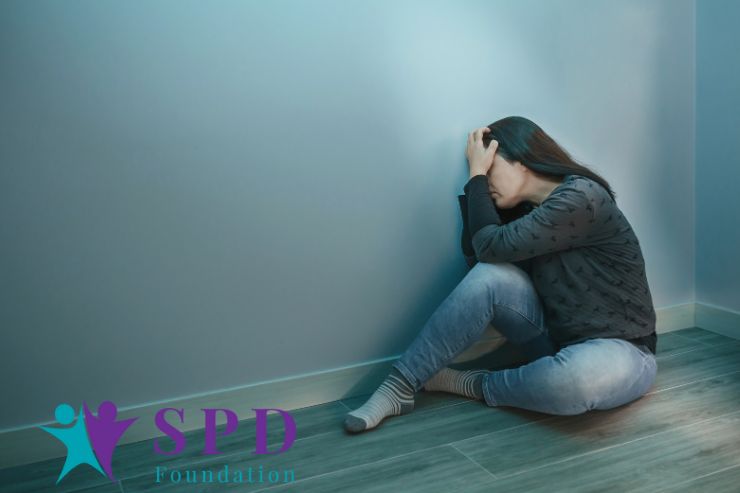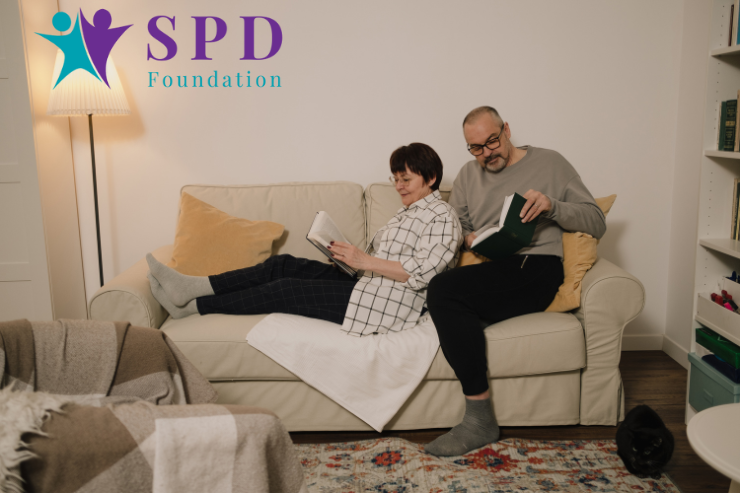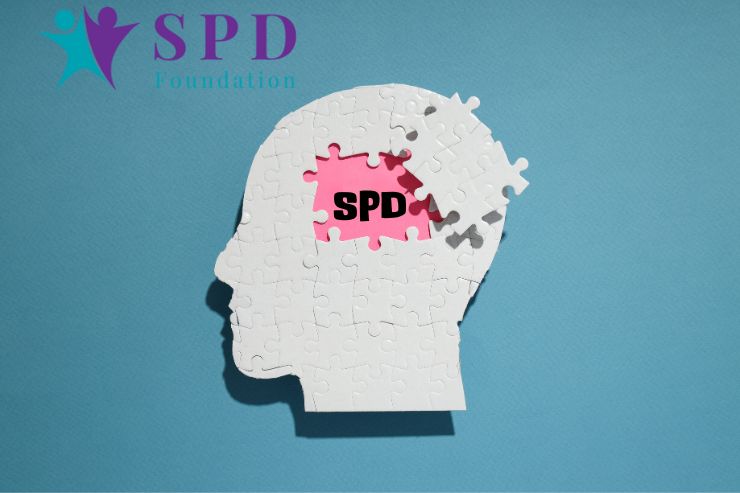SPD in adults alters the typical processing of sensory information, significantly amplifying their sensitivity to stimuli that might be easily ignored by others. This heightened sensitivity can manifest in various challenging ways:
- Tactile Overload: Simple touches can be painful.
- Auditory Challenges: Normal sounds may seem unbearably loud.
- Visual Strain: Ordinary lighting can become intolerably bright.
As a result, routine activities such as dressing, eating, or even stepping outside can become laborious, fraught with potential sensory pitfalls that cause discomfort or pain.
Prevalence of SPD

Research suggests that between 5% and 16.5% of the adult population experience some form of sensory processing issues, with these conditions more prevalent among individuals with autism spectrum disorder (ASD) or attention deficit hyperactivity disorder (ADHD).
Symptoms of SPD in Adults

The symptoms of SPD can vary greatly among individuals, influenced by the severity of the disorder and specific sensory triggers. Common symptoms include:
- Tactile Sensitivity: Discomfort with certain textures or unexpected touch, especially in crowded environments.
- Motor Coordination Challenges: Difficulty with balance, motion, and tasks requiring fine motor skills, such as driving or operating machinery.
- Auditory Sensitivity: Everyday noises can be disturbing, making concentration difficult.
- Visual Sensitivity: An increased sensitivity to light that can lead to quicker fatigue and trouble focusing, particularly in visually busy settings.
- Olfactory Sensitivity: Strong reactions to various scents, which can be distracting and sometimes overwhelming.
Navigating Daily Life with SPD

Living with SPD means navigating a world that feels filled with potential sensory threats. This constant vigilance can lead to significant emotional and social challenges:
- Social Interaction Difficulties: The overwhelming nature of sensory inputs can make social settings particularly challenging, impacting the ability to form and maintain relationships.
- Emotional Strain: People with SPD often experience heightened stress, anxiety, and feelings of isolation due to their sensory differences.
- Potential for Substance Use: Some adults with SPD may turn to alcohol or drugs as a form of self-medication to mitigate their sensory overload. This can risk developing into patterns of abuse and addiction, as studies suggest that people with SPD may process environmental information in ways that make them particularly vulnerable to the arousal stimuli associated with substance use.
Effective Coping Strategies and Treatment Options

There is no universal solution for treating SPD; however, tailored treatment plans based on individual sensory profiles are often effective. Prominent treatment options include:
- Sensory Integration Therapy: This therapeutic approach helps individuals with SPD adjust to sensory stimuli in controlled, gradual ways to reduce overall sensitivity.
- Vision Therapy: Targets improving visual processing and coordination, crucial for daily tasks and navigating sensory-rich environments.
- Sensory Diet: A personalized regimen of sensory activities designed to help individuals manage their sensory input and maintain focus throughout the day.
- Therapeutic Listening: Utilizes specialized sound patterns to enhance auditory processing and emotional regulation.
- Occupational Therapy: Focuses on enhancing practical life skills, coordination, and motor abilities, facilitating easier management of everyday tasks.
- Speech and Language Therapy: Assists in improving communication abilities, crucial for effective social interaction and personal expression.







